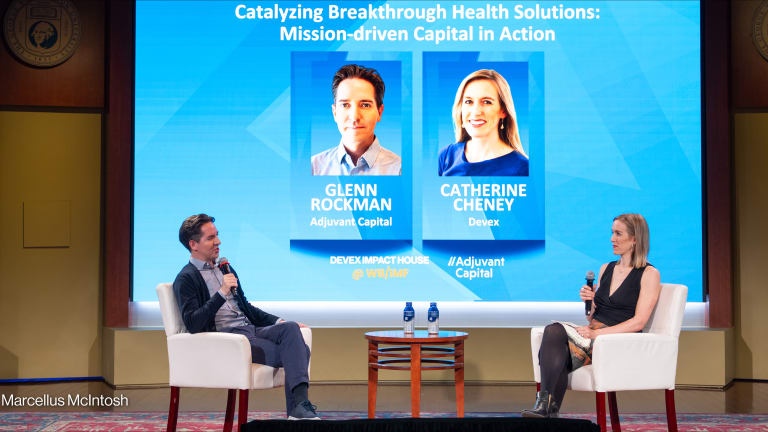SAN FRANCISCO — Development Innovation Ventures, which provides grants to test and scale innovations, is celebrating its 10 year anniversary.
The U.S. Agency for International Development’s DIV borrows from the venture capital model, allowing the agency to invest in high risk and high return projects that do not fit within the agency’s traditional structures.
At this week’s virtual Social Capital Markets conference, funders and implementers shared lessons from DIV over the course of the past decade, including how rigorous evaluation can support the scaling of innovation.
Printing articles to share with others is a breach of our terms and conditions and copyright policy. Please use the sharing options on the left side of the article. Devex Pro members may share up to 10 articles per month using the Pro share tool ( ).








